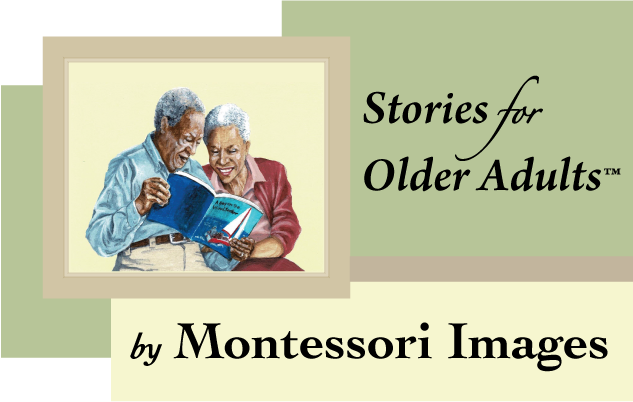Reading Picture Books with Children: How to Shake Up Storytime and Get Kids Talking about What They See
by Megan Dowd Lambert (Author), Chris Raschka (Foreword), Laura Vaccaro Seeger (Contributor)
Publisher: Charlesbridge (November 3, 2015)
Short Description: The Whole Book Approach is an interactive approach to storytime that was developed in conjunction with the Eric Carle Museum of Picture Book Art and expert author Megan Dowd Lambert’s graduate work in children’s literature at Simmons College. Reading Picture Books with Children offers a practical guide for reshaping storytime, to encourage children to ponder all aspects of the picture book; including art,design and other visual elements, as well as the text.
Several years ago I attended a workshop entitled “The Whole Book Approach” conducted at the Eric Carle Museum by the author, Megan Lambert. I found the title “Whole Book” Approach to be rather compelling for a Montessorian; and, sure enough, I was not the only Montessori educator participating. Megan’s workshop included an actual storytime session with a small group of young children visiting the museum. Unlike traditional storytime which often offers a passive experience for children, her approach was very child centered and conversational. This was not an adult “performing” for children or disciplining them into silence and stillness as she read, but rather a facilitator engaging the children with open-ended questions, and helping them to gather visual as well as verbal information.
Giving equal importance to the words and the art is an important acknowledgment of how children “read” and understand story. For young children, stories develop essentially through a series of pictures. The ability to construct meaning from visual images (visual literacy) is critical as the visual has become an integral part of everyday life. And it was evident as I watched Megan’s lively storytime session, that her approach enhanced engagement and comprehension. Most impressive to me was that with every comment/question or physical response (including smiles, giggles, gestures, marching, and other excitement) you could feel the desire to read independently growing in these children.
Megan also addresses the design and construction of a book when she reads, drawing attention to the endpapers, for example, which provide hints about the story; the style/size of type; or the trim size (portrait, landscape). Knowledge of these and other elements of design and illustration are supportive of the child’s visual experience with the book.**
To allay the concerns of traditionalists who fear that the integrity of the story might be compromised by interruptions of questions and responses, Megan’s new guide promises some helpful tips on regaining focus if the group goes awry. From my perspective, the dynamic conversations and insights gained from using the whole book approach are what reading aloud is all about.
I’ve pre-ordered Reading Picture Books with Children (release date November 3, 2015); so look for future postings in the Articles section on this dynamic approach to storytime.
** In fact, it was this part of the workshop that inspired me to create a nomenclature activity on the parts of the picture book, which includes not only the usual spine, front cover, title page, etc., but also supporting parts, such as endpapers, and elements of illustration , such as vignettes, borders, etc. Click here to view The Picture Book Nomenclature in our product gallery.
